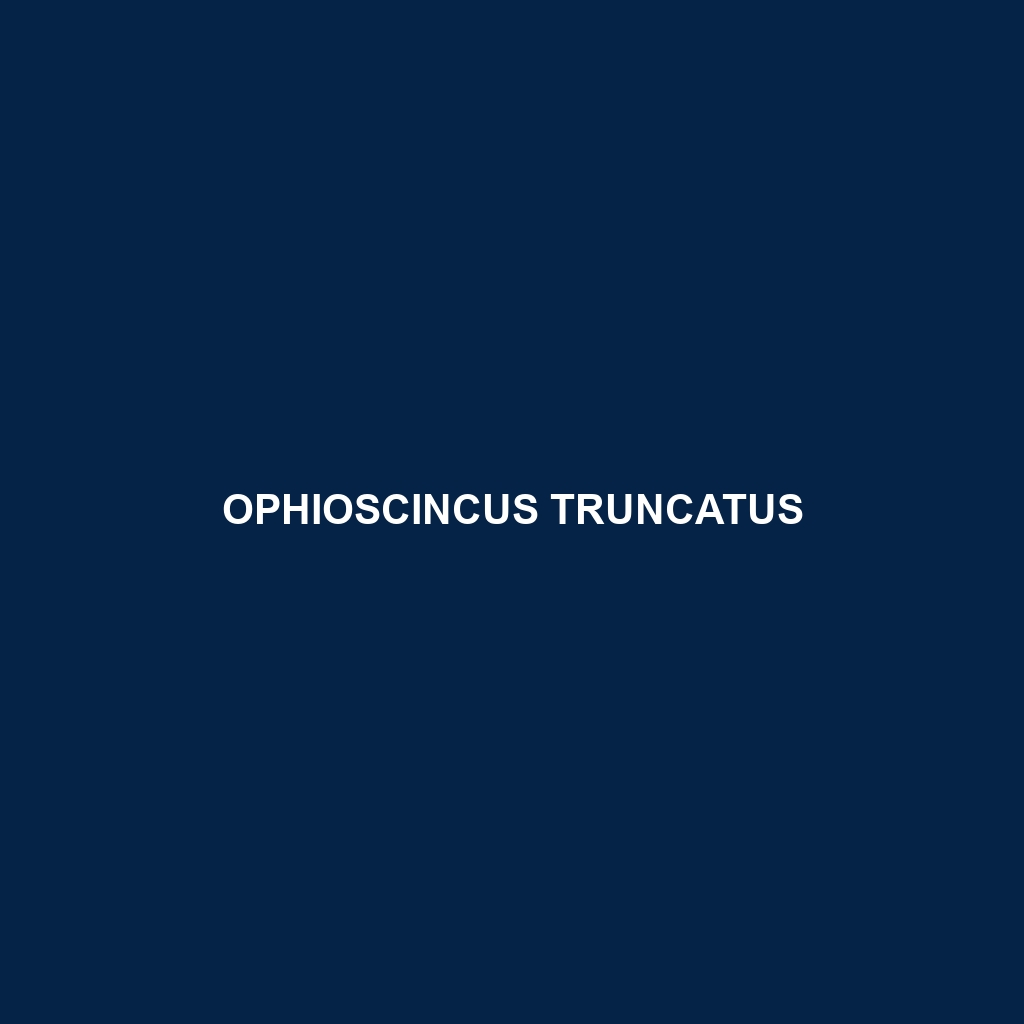<strong>Pseudemoia spenceri</strong>, or Spencer's Skink, is a diurnal insectivore known for its robust, elongated body measuring 15 to 25 cm, with smooth, glossy scales in brown and gray hues. Native to southeastern Australia, these skinks thrive in temperate forests and rainforests, playing a crucial role in regulating insect populations and maintaining ecosystem balance.
Tag: coastal skinks
Pseudemoia spenceri
<strong>Pseudemoia spenceri</strong>, or Spencer's Skink, is a diurnal insectivore known for its robust, elongated body measuring 15 to 25 cm, with smooth, glossy scales in brown and gray hues. Native to southeastern Australia, these skinks thrive in temperate forests and rainforests, playing a crucial role in regulating insect populations and maintaining ecosystem balance.
Ophioscincus truncatus
Discover the unique Ophioscincus truncatus, a coastal skink known for its distinct brown and gray coloration, streamlined body, and adept swimming abilities. Native to the Southeastern coast of Australia and New Zealand, this insectivorous species thrives in rocky intertidal zones, playing a vital role in maintaining marine ecosystem balance.
Lerista varia
Discover the fascinating Lerista varia, a slender skink found across Australia's diverse habitats, known for its smooth scales and nocturnal behavior. This insectivorous species plays a vital role in controlling insect populations and maintaining ecological balance while thriving in sandy soils and scrublands.
Hemiergis peronii
Discover the <b>Hemiergis peronii</b>, or southern skink, a unique insectivore that thrives in Australia's temperate forests and coastal areas. Measuring 15 to 20 cm, this adaptable skink features smooth, shiny scales and remarkable climbing abilities, playing a vital role in its ecosystem by controlling insect populations.
Emoia longicauda
<p><b>Emoia longicauda</b>, commonly known as the long-tailed skink, is a diurnal, insectivorous reptile found across the Pacific islands in diverse habitats, including tropical rainforests and coastal areas. With its sleek body, capable of reaching up to 30 centimeters, and remarkable tail regeneration abilities, this species plays a vital role in maintaining ecosystem balance by controlling insect populations.</p>
Cryptoblepharus gurrmul
The Gurrmul skink (Cryptoblepharus gurrmul) is a slender, agile lizard found in northern Australia and New Guinea, recognized for its camouflaging brown and green coloration and flattened head. Thriving in humid environments, this species plays a crucial role in controlling insect populations and contributes to the ecological balance in its habitat.</p>
Cryptoblepharus bitaeniatus
: The flicking skink (Cryptoblepharus bitaeniatus) is a slender, agile lizard native to tropical and subtropical regions, particularly in the South Pacific. Known for its variable coloration and rapid flickering motion to evade predators, it plays a vital role in its ecosystem by controlling insect populations.</p>
Brasiliscincus caissara
Discover the Brasiliscincus caissara, a small to medium-sized skink native to the coastal regions of southeastern Brazil, known for its agile movements, distinctive olive green to brown coloration, and role as an insectivore in tropical ecosystems. This diurnal reptile thrives in humid, forested habitats and exhibits unique adaptive behaviors, contributing to the ecological balance in its environment.








